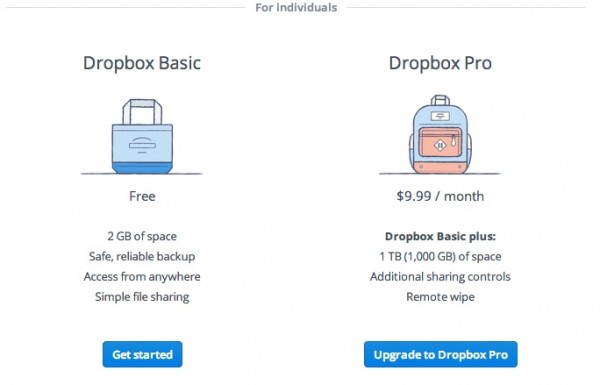

So there is a chance that it can be hacked during the re-encryption process. Your data actually gets encrypted in-transfer, then decrypted upon arrival, then re-encrypted.

If not, choose Google Drive or OneDrive, depending on how often you use Google or Microsoft Services.ĭropbox encrypts your files while they’re being transferred, and also when they’re just sitting in storage. If you make a lot of edits to files that you’ve saved in the cloud, Dropbox is your go-to. Like the others, you can also undelete files and restore previous versions. It’s also simple to share documents to Microsoft Office. OneDrive will automatically sort files as they’re uploaded based on different categories you specify. OneDriveĪlthough it’s a Microsoft product, OneDrive works with iOS, Mac and Android systems in addition to Windows (not Linux, though). Google Drive also offers the option to recover deleted and previous file versions. It’s easy to use, and is also conveniently compatible with other Google services like Gmail and Google Docs. Google Drive is similar to Dropbox, except it doesn’t support block-level file transferring or Linux operating systems.

If you delete a file or save over a previous version by accident, Dropbox allows you to recover them as well. The only downside is the occasional lapse in speed when you’re uploading large files. It also uses block-level file transfer algorithms, which basically means it’s quick to upload files and easy to make changes to them. But if you need a lot more storage, OneDrive’s $9.99 for 5 TB per month is a steal.ĭropbox is easily accessible regardless of your phone or operating system (it even supports Linux). If you just need a little bit of storage, Google Drive’s free 15 GB can’t be beat. Microsoft OneDrive gives you 5 GB of storage for free.Ĭlearly, it depends.

Google Drive provides 15 GB of storage for free.


 0 kommentar(er)
0 kommentar(er)
